Pet Aquamation, or water-based cremation, is emblematic of the evolving attitudes toward death and dying in our society. This shift reflects a broader cultural movement towards personalization, environmental consciousness, and a greater desire for control over the end-of-life experience—both for humans and animals.
1. Emphasis on Choice and Personalization
In recent years, there has been a growing recognition that death, much like life, should be approached with a focus on individual preferences and values. Pet owners, much like people planning their own end-of-life arrangements, increasingly seek options that align with their personal beliefs, whether they be spiritual, ethical, or environmental. Aquamation offers a choice that resonates with those looking for an alternative to traditional fire-based cremation or burial, providing a gentler and more environmentally friendly option.
2. Environmental Consciousness
The rising concern over environmental sustainability has significantly influenced how people approach death. Traditional cremation methods release harmful emissions into the atmosphere, while burials consume land and often involve chemicals that can be harmful to the environment. Aquamation, on the other hand, uses a water-based process that is significantly less harmful to the planet. This aligns with the values of many pet owners who are environmentally conscious and wish to make eco-friendly decisions for their pets, even in death. As societal attitudes shift towards greater responsibility for the planet, Aquamation is seen as a natural extension of this mindset.
3. Control Over the End-of-Life Experience
Control over the end-of-life experience has become a key theme in modern society, both for humans and their pets. People want to make decisions that reflect their values and beliefs, and they want to ensure that their loved ones, including pets, are treated with dignity and respect in death. Aquamation offers pet owners a sense of agency in choosing a method that is consistent with their wishes—whether those wishes are for a gentle, respectful process, or one that minimizes their carbon footprint. This sense of control provides comfort and peace of mind to pet owners during what is often an emotionally challenging time.
4. Alignment with Cultural Shifts
Culturally, there has been a move towards accepting and discussing death more openly, removing some of the taboos that previously surrounded it. This openness has led to a greater willingness to explore and adopt new methods of body disposition, like Aquamation. As more people become aware of this option and understand its benefits, it is increasingly seen as a viable, if not preferable, alternative. This acceptance is part of a broader trend towards embracing diversity in how we commemorate and honor those who have passed away, whether they are human or animal companions.
5. Humane and Gentle Approach
For many pet owners, the method of disposition is not just about practicality but also about ensuring that their beloved companion is treated with the utmost care and compassion in their final moments. Aquamation is often perceived as a more humane and gentle process compared to traditional cremation, which can be seen as harsh or violent. This perception further reinforces the idea that Aquamation is in line with a more compassionate and thoughtful approach to death, reflecting the deep emotional bonds people have with their pets.
Conclusion
Pet Aquamation embodies the broader societal changes in how we view death and dying. It offers a choice that is aligned with modern values of personalization, environmental responsibility, and compassion. As more people seek to have control over the end-of-life experience for themselves and their pets, Aquamation provides an option that not only respects these desires but also fits seamlessly into the cultural shift towards more thoughtful and conscientious decision-making in death. In this way, Aquamation is not just a method of disposition; it is a reflection of how society is redefining what it means to care for our loved ones, even after they are gone.
